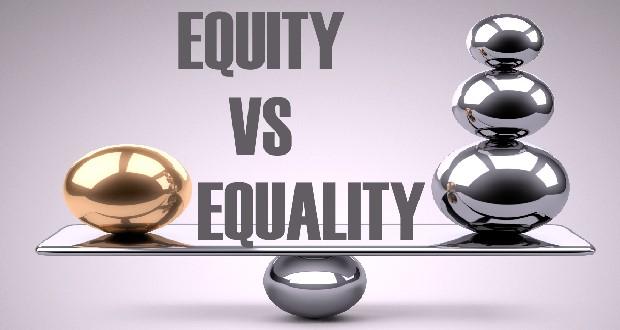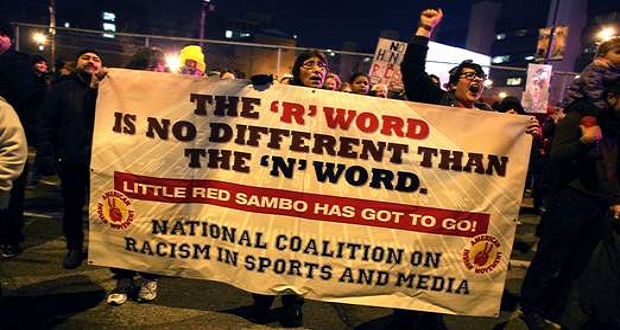by Jane Hyun, Hyun & Associates

Fluent Leader (n.)-An individual who investigates the differences between his/her position and those of his/her team members. This leader does not require others to adapt to his/her style, but adapts his/her own style in order to meet team members partway to bridge the distance. (Source: Flex/The New Playbook for Managing Across Differences, HarperBusiness 2014)
So you’re ready to manage across differences. When you start to question your “default mode” of interacting with

Jane Hyun, Global Leadership Strategist, Author of Breaking the Bamboo Ceiling and Co-Author, Flex
people who are different from you, you start to get more comfortable with the idea of stretching and adapting your approach and style. Perhaps, you may even feel ready to exercise new styles in order to better interact with your co-workers. Take a look at some traits of fluent leaders who are effective at flexing across the power gap. (Analyzed from interviews with 100+ leaders across a variety of industries.)
Flexing Across the Power Gap
The power gap is the amount of social distance that separates you and those who are in positions of authority. As a young student growing up in South Korea, a high power gap culture, the teachers were the experts and students were not allowed to question them in the classroom. Although we moved to the United States when I was in elementary school, it wasn’t until my second assignment at my first corporate employer when I finally felt comfortable stretching across the power gap to question my manager’s decision about a critical deliverable.
Fluent leaders recognize that some employees (with a high power gap) may have a hard time taking initiative with senior management, so they devise other ways to facilitate engaging with their employees.
Orlando, a mid-level manager at a university system, recognizes the power gap readily in working with Latino college students, and draws from his experience in college 25 years earlier when he was the only Latino/Puerto Rican student at a small liberal arts college. At work, he spots hierarchical behaviors that students demonstrate every day. While his own management style leans egalitarian (low power gap), when he interacts with some of his Latino students, he encourages his junior team members repeatedly to provide direct feedback, especially when he doesn’t get it readily. He shares, “there’s always a level of respect when they give me feedback, in the way they talk to me. They are more hesitant.” But the organizational culture values an egalitarian style, so his gentle, steady invitation for them to give him in-your-face feedback is a way of helping them understand how to work with the system. Through his self-awareness and sharing of his own experiences, he tries to gauge the power gap preferences of others in order to manage effectively.
Adaptability
Though they might be in powerful positions, fluent leaders have the humility to admit their personal faults. They are teachable and open to change. Bill Pollard, recalls his first few days as a senior executive at ServiceMaster. He was not engaged in formulating high level corporate strategy, but was out in the field serving customers and experiencing the feelings/challenges of the service workers. All operating managers were expected to do the hands-on work of the front-line service so they, too, could better grasp the emotions and mindset of those they were managing. This connectedness allowed them to better understand how to motivate and develop those employees.
Innovation
An important trait for leaders who can adapt is an innovative mindset. These leaders are marked by an insatiable curiosity in other people, and are open to engaging in processes that they might not have used before. When they encounter someone they don’t understand, their reaction isn’t fear or avoidance – it’s interest.
How and when you flex your approach depends on the situation that you’re in and may be a fairly infrequent activity. For example, perhaps you don’t deal with your Swiss colleagues on a daily basis, only when you need to report back on the status of the global product launch. Over the past year, you have discovered that they prefer a more formal mode of communication, even in email correspondence. The next time you prepare for an in-person meeting with them, you know that you need to send the right prep documents before the meeting vs. “winging it” as you might do with your American counterparts. As with any new leadership behavior, it will become more natural with practice, as you start to become adept at spotting differences.
Questions for Reflection:
- Do I notice different leadership styles and power gap preferences of people around me?
- If they are different from me, what can I do to close the gap?
- Do I actively seek out people and situations that are new, even when they are sometimes uncomfortable?


















